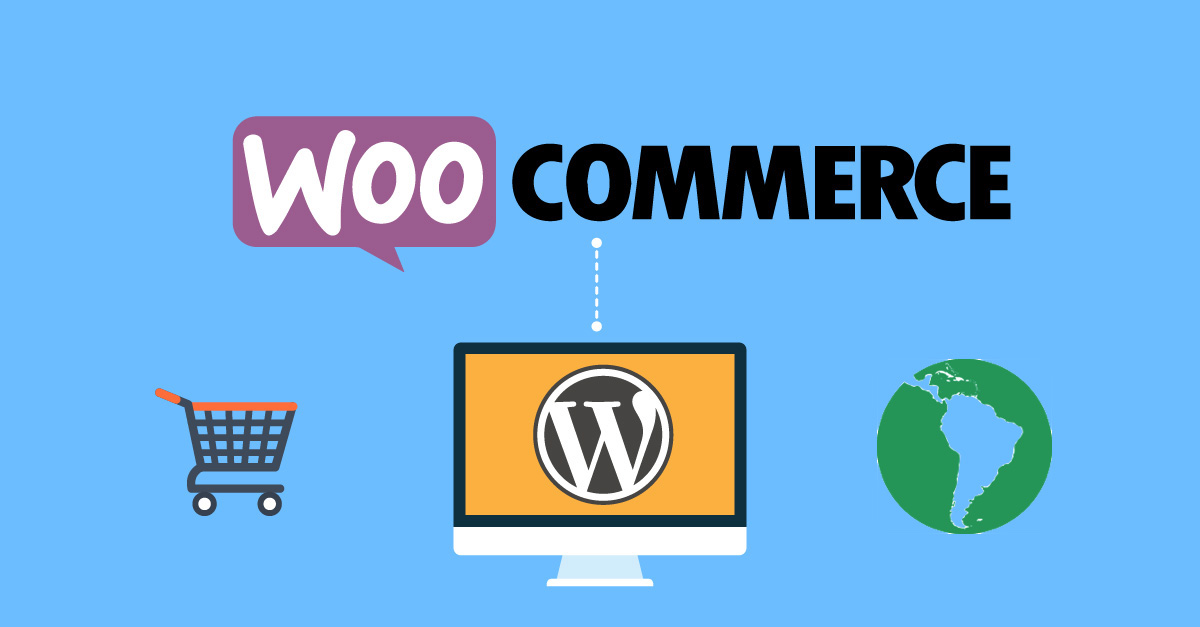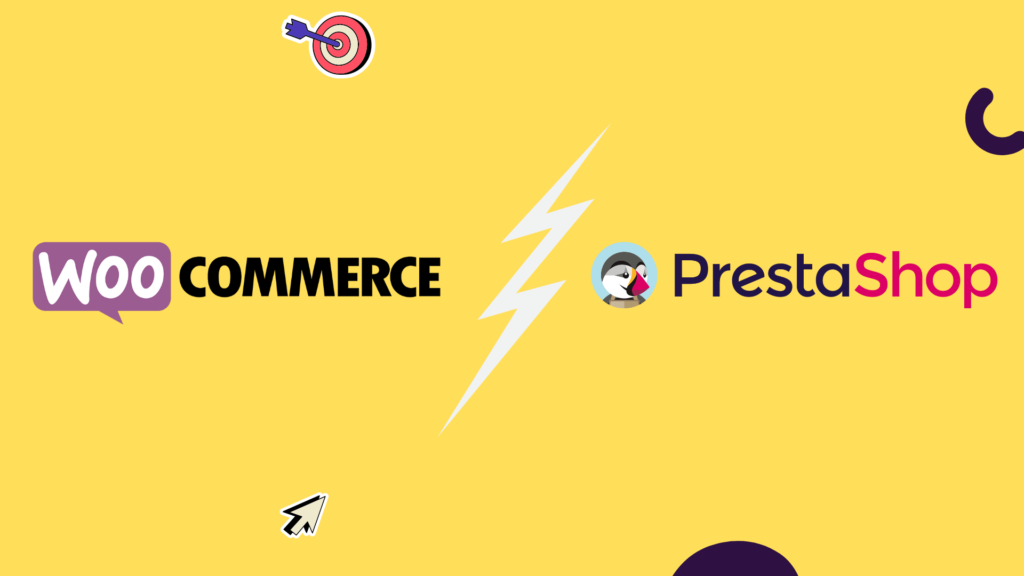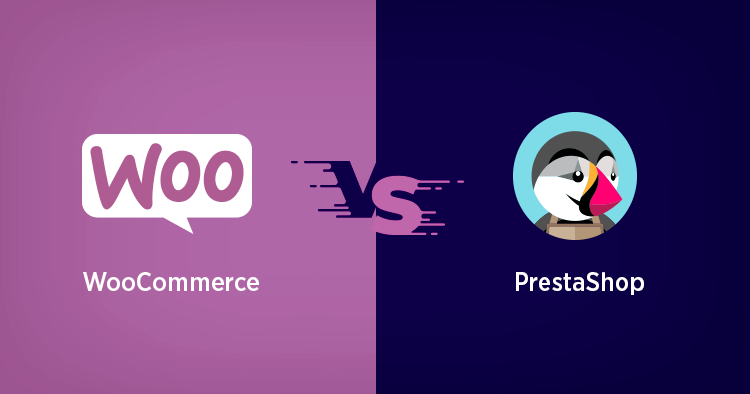Dreaming of launching your online store? The platform you choose plays a vital role in defining the features you’ll have access to. For beginners, deciding between PrestaShop vs WooCommerce can be tricky. Understanding the key differences between these two popular options is crucial for making the best choice for your business.
Several factors come into play when comparing ecommerce platforms. These include:
- Cost: How much will it set you back to set up and maintain your store?
- Ease of Use: How user-friendly is the platform for managing your products, orders, and customers?
- Features: Does the platform offer the functionalities you need to run your store smoothly?
- Support: Will you have access to help when you need it?
We’ll delve into these aspects (Pricing, Ease of Use, Features, and Support) for both PrestaShop vs WooCommerce. This breakdown will help you identify the platform that best aligns with your specific needs and sets your online store up for success!
PrestaShop: Pros and Cons
Pros:
- Flexibility: PrestaShop, as an open-source platform, lets you create a wide variety of online stores. No matter what you sell, PrestaShop can be adapted to your needs.
- Easy Setup: PrestaShop can be installed on most web hosting providers. Additionally, a wide range of community-developed themes and extensions are available to enhance your store’s functionality.
- Beginner-Friendly Support: Partnering with web hosts and agencies, PrestaShop offers onboarding assistance for those new to ecommerce. This can include everything from initial setup to customization.
Cons:
- Limited Support: Unlike some platforms, PrestaShop doesn’t provide direct, dedicated support. While extensive online documentation is available, troubleshooting complex issues might require paid assistance.
WooCommerce: Pros and Cons
Pros:
- Popularity: If you’re already using WordPress, WooCommerce is a familiar choice. It’s the leading ecommerce plugin for WordPress, boasting millions of active users.
- Seamless Integration: WooCommerce integrates seamlessly with WordPress, adding full ecommerce functionality without affecting your existing website’s core CMS features. This creates a powerful hybrid system.
- Customization and Flexibility: Similar to WordPress, WooCommerce is open-source. This fosters a large community of developers who create unique themes and extensions to cater to diverse store needs.
Cons:
- Support: As with PrestaShop, WooCommerce’s open-source nature means dedicated support isn’t included. However, the advantage is that the software is free to use.
- Learning Curve: While extensive documentation exists (including helpful resources here!), there’s still a learning curve associated with maximizing WooCommerce’s potential.
PrestaShop vs WooCommerce: Key Differences
Having explored each platform’s strengths, let’s dive into the key differences between PrestaShop and WooCommerce. We’ll start by looking at pricing:
Pricing
Both PrestaShop and WooCommerce are open-source, meaning they’re free to download and install. This makes them excellent choices for budget-conscious entrepreneurs.
WooCommerce: Setting up a WooCommerce store requires an existing WordPress website, which incurs hosting and domain name costs. Hosting prices vary, but basic plans can start around $15-20 per month.
PrestaShop: Similar to WooCommerce, a basic PrestaShop store can be launched for around $15-20 using cheap hosting and a domain name. However, keep in mind that PrestaShop themes and add-ons tend to be pricier compared to WordPress options. Additionally, with WordPress, you benefit from a wider selection of themes and plugins at various price points.
Installation Options
Both platforms offer various installation methods:
- Manual Installation: Download the software from their websites (or the WordPress repository for WooCommerce) and upload it to your server for manual installation. This approach might seem complex but is suitable for users comfortable with server software installations.
- WordPress Integration (WooCommerce): Enjoy a simplified installation process if you’re already using WordPress. Simply access the plugin section in your dashboard and install WooCommerce directly.
- Web Host Streamlined Installation: Many web hosts offer simplified installation options, like Kinsta’s “WordPress + WooCommerce” installation during website creation.
- Software Installers (Softaculous): Most web hosts provide software installation tools like Softaculous. This allows you to install PrestaShop or WordPress with just a few clicks, eliminating the need for manual downloads and uploads.
Both PrestaShop and WooCommerce are user-friendly and cater to beginners thanks to these streamlined installation options offered by most web hosts. We’ll explore further aspects like ease of use in the next section.
Ease of Use
Both PrestaShop and WooCommerce offer user-friendly interfaces to get you started quickly. They include onboarding wizards to guide you through the initial setup process, including creating your first product, customizing your store’s appearance, and configuring basic settings.
When it comes to adding and managing products, both platforms offer comprehensive editors. You can customize product details like descriptions, images, variations, features, and shipping options. Whether you’re familiar with the WordPress Classic Editor or not, both interfaces allow for detailed product configuration.
The key difference lies in accessing overall store settings. PrestaShop keeps most settings readily available within the main navigation menu. In contrast, WooCommerce requires navigating through the WordPress dashboard and then to the dedicated WooCommerce settings section. While not hidden, it requires an extra step.
It’s worth noting that WooCommerce offers a wider range of built-in settings compared to PrestaShop. However, both platforms allow for further functionality through add-ons like modules and plugins.
Ultimately, both PrestaShop and WooCommerce have a learning curve, especially for beginners. While user-friendly, the sheer number of features and settings might require referring to the platform’s documentation for a smoother experience.
Performance & Scalability
A fast and responsive online store is crucial for customer satisfaction. This means quick page loading times and smooth navigation, even when managing your website.
Both PrestaShop and WooCommerce are open-source platforms, so their performance heavily relies on your chosen hosting provider. Budget shared hosting plans might not be suitable for stores with a large product catalog or high traffic volume.
Luckily, there are ways to optimize performance for both platforms. Regularly updating your PHP version, for instance, can significantly improve speed. However, the level of control you have over server configurations often depends on your hosting plan. Shared plans typically offer limited customization options.
On the scalability front, both PrestaShop and WooCommerce can handle a significant number of products. But for future growth, having a robust and well-configured hosting solution is essential.
Security
Running an online store requires taking strong measures to protect customer data. Given the popularity of PrestaShop and WooCommerce, they are prime targets for hackers.
Looking at publicly reported vulnerabilities, PrestaShop seems to have had a higher number of security incidents compared to WooCommerce in recent years. However, it’s important to note that most of these vulnerabilities weren’t critical.
Another key factor in security is how often updates are released. Both platforms typically receive updates and patches regularly, often on a monthly basis.
Ultimately, the platform itself doesn’t make a huge difference in security as long as you keep the software updated. Ideally, install updates as soon as they become available (preferably by testing them on a staging website first). This practice also applies to any extensions, themes, or plugins you use, as outdated components can create security risks over time.
Extensibility
Both PrestaShop and WooCommerce offer robust options for expanding your online store’s functionality. Both platforms boast a vast library of extensions and add-ons to enhance your store beyond its basic capabilities.
WooCommerce Leverages the WordPress Ecosystem:
WooCommerce extensions seamlessly integrate as WordPress plugins. This opens doors to a massive selection – over 1,000 plugins – on the WordPress.org repository and the official WooCommerce website itself. Here, you’ll find over 700 extensions catering specifically to ecommerce needs.
The beauty of WooCommerce lies in its vast selection, offering both free and premium options. Premium extensions typically range from $70 to $130 for yearly licenses, which often include valuable support and updates. Remember, this pricing only considers WooCommerce-specific extensions. When you factor in general WordPress plugins, the possibilities for customization truly explode. Many of these plugins, though not directly related to ecommerce, can enhance your store’s functionality in various ways, like popular page builders that can customize product and shop pages.
PrestaShop Offers a Large Module Collection:
PrestaShop isn’t far behind with its extensive collection of modules, exceeding 4,000 free and premium options housed within their official add-on database. Pricing for these modules varies significantly, with yearly licenses typically starting around $80 but potentially reaching $250 depending on the desired functionality.
While PrestaShop boasts a larger number of modules overall, WooCommerce takes the lead in affordability. However, the true advantage of WooCommerce lies in its connection to the broader WordPress ecosystem. This grants access to a significantly wider range of customization options.
For instance, popular WordPress page builders, though not found in the WooCommerce extension store, can be instrumental in creating and customizing product and shop pages within your store.
Marketing and SEO
Out of the box, PrestaShop offers a slight edge in terms of built-in SEO features for your online store. The product editor allows for custom meta titles and descriptions for each product, along with the ability to configure product redirections for a streamlined product catalog.
WooCommerce, however, can achieve similar functionality by leveraging the vast selection of WordPress SEO plugins. Popular options like Yoast SEO integrate seamlessly with WooCommerce, allowing you to set meta titles and descriptions, preview product appearances on social media, and enrich your pages with schema markup.
When it comes to marketing your store, both platforms offer a level playing field. Neither provides built-in marketing tools, leaving you free to choose the promotional methods that best suit your needs, such as content marketing, paid advertising, and social media engagement.
PrestaShop does promote some add-ons that simplify product advertising on search engines and social media. However, WooCommerce relies on you to explore and choose from a similar selection of marketing extensions, such as Product Feed PRO for WooCommerce. Ultimately, promoting your store’s products doesn’t necessitate extensions – content marketing, paid ads, and social media strategies can be highly effective. While recommended extensions might streamline the process, they don’t guarantee sales.
Support
Both PrestaShop and WooCommerce offer a wealth of resources for self-starters. Their open-source nature means extensive online documentation tackles troubleshooting and feature implementation. This can be ideal for those comfortable navigating technical aspects.
However, dedicated support options exist for those seeking more hand-holding. WooCommerce connects you with partner agencies and developers through Codeable, but this doesn’t involve direct WooCommerce team assistance.
PrestaShop offers direct support plans starting at $280/month, which might be out of reach for smaller stores.
In essence, dedicated support for either platform can be expensive for smaller businesses. Considering a hosted solution like Shopify might be a better fit if direct support is crucial.
Fortunately, most WordPress-friendly web hosts can tackle general technical issues, potentially including WooCommerce-specific ones. However, the level of support varies depending on your provider.
PrestaShop vs WooCommerce: A Quick Look
Now that we’ve explored both platforms, let’s see how they stack up against each other.
Similarities: Both WooCommerce and PrestaShop are free to download (though you’ll need to factor in hosting costs). Installation can be smooth depending on your web host, and both cater to beginners with room for advanced users.
Key Differences: Here’s where things diverge. WooCommerce integrates seamlessly with WordPress, giving you ultimate website flexibility. PrestaShop, on the other hand, focuses solely on ecommerce.
The WordPress Advantage: By choosing WooCommerce, you leverage the power of WordPress. This opens doors to building virtually any website you envision, while simultaneously adding ecommerce functionality. PrestaShop, while feature-rich, limits you solely to online stores.
While both platforms offer similar starting points, WooCommerce’s connection to WordPress grants unmatched versatility.
Conclusion
PrestaShop and WooCommerce are great starting points, but for a truly customized ecommerce experience, consider partnering with ONextDigital. Our Web Development Service can craft a unique online store tailored to your exact needs, while our UX/UI Design Service ensures a user experience that delights your customers. Let ONextDigital empower your brand and unlock your full sales potential.









